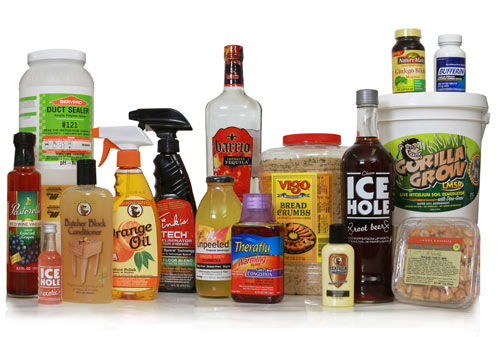Professional Label Printing Versus DIY – Why the Latter May Hold You Back

With so many advances in home and office printing technology over recent years, it’s hardly surprising that more businesses than ever before are taking their own printing requirements into their own hands. It’s a simple case of proactively choosing the option that appears to offer the brand the highest level of control and the very best value for money all wrapped up into one, with the professional approach coming across as the clearly more extravagant of the two.
Such is the ease of access to mainstream printers and printing supplies these days that so many businesses have gone far further than simple document printing to actually begin printing and producing their own product packaging and labels. Creating digital labels for products in an in-house capacity has been possible for some time and makes an appealing prospect on the surface, but at the same time there are still tens of thousands of businesses that swear by the professional approach.
Which begs the obvious question – if it’s possible to take care of the job perfectly ok without outside help, then why do these kinds of services still exist?

In truth, the reality behind DIY printing isn’t necessarily as obvious as it appears to be on the surface.
For one thing, if the whole subject comes down to nothing more than costs that it can of course seem obvious that DIY is cheaper. After all, if you can print something yourself without bringing in outsiders, why bother doing so? Well, the simple answer in this instance comes down to the fact that while it will indeed cost money to hire professional printers, DIY home printing doesn’t come cheap either. Far from it as once you’ve totted up the costs of the printers, the ink they need to function, the label printing supplies and the manpower you’ll need to dedicate to the cause, you’re actually looking at quite an extensive bill.
With professional printing, you only ever pay for what you use and not a penny more. The equipment already exists, the manpower is theirs and if you only have a small order, you only pay a small amount. What’s more, in the case of larger orders it’s wholly likely that the professional firm you deal with will have access to a range of incredible bulk purchase deals which will in turn mean it will cost you a hell of a lot less than it would to go source the materials yourself and carry out your own printing. In both instances therefore, to assume that DIY printing is always cheaper is a pretty clear illustration of false economy.
Something else that should not be overlooked is the way in which the services of a genuinely high-quality printing firm go way above and beyond the printing of the labels you need. Along with the physical output your brand is looking for, you’ll also find yourself with a professional partner from whom to seek guidance and advice on all matters of printing. Not sure about the latest printing technology? They will be. Can’t decide what types of labels to go for? They’ll help. Still haven’t decided between two prospective packaging or labelling designs? They’ll be able to advise 100% impartially.
On the whole, to side with third parties in such a way is to take home so much more than just the copies themselves – it’s to tap into a world of experience and knowledge the likes of which can be truly priceless.
Above all else however, what must be acknowledged is the way in which it is nothing less than the reputation and ultimately the success of your brand that’s on the line. When you go about the creation and printing of the packaging and labels for your products, what you’re actually creating is the frontline of your marketing strategy for both that product and your brand as a whole. Each product you put out will either speak volumes for your brand or do your reputation irreparable damage – often long before the wrapping has even been taken off.
When you print your own labels, you take your reputation into your own hands and thus face huge pressure when it comes to making every last example as consistently perfect as the last. This kind of flawless consistency comes as standard when siding with the pros and could make the difference between a product that sings, and one that stands out for all the wrong reasons.
